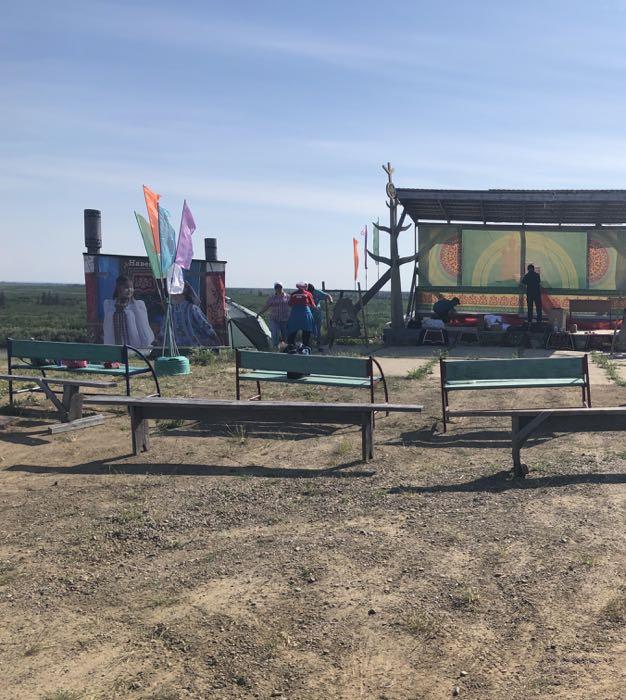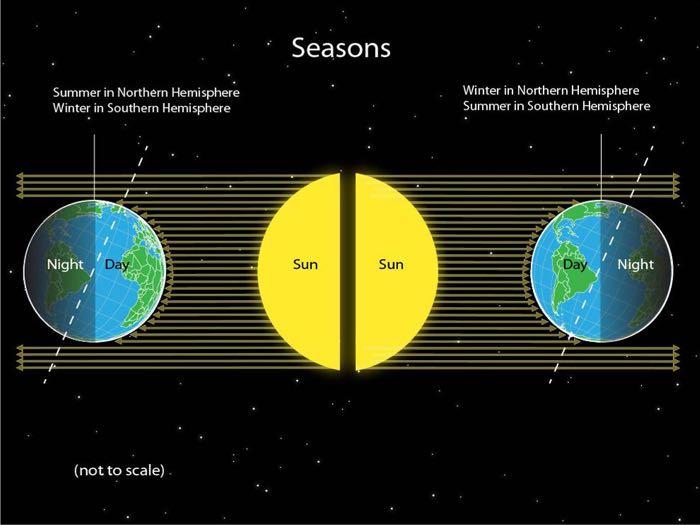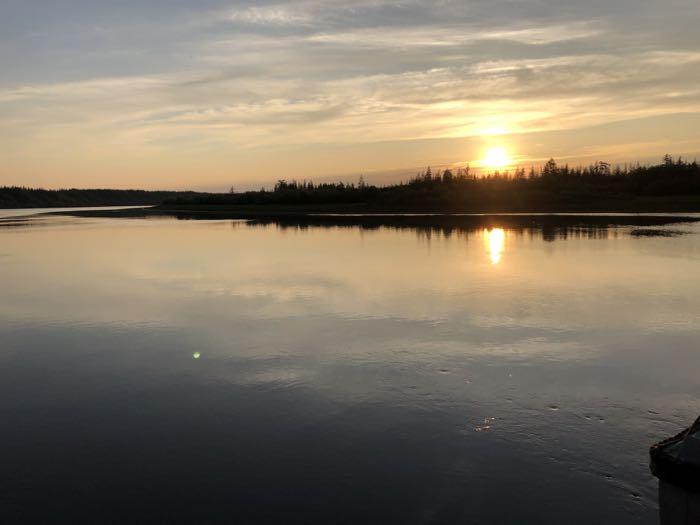The Arctic Circle: Where the Sun Never Sets
June 21st marks the summer solstice, the longest day of the year. Banners line the streets and music blares from nearby tents. In Cherskiy, Siberia, the solstice marks a time to celebrate the sun and fertility. Parties echo through the night, which will remain bright into the wee hours of the morning. A never ending day. During the summer months in the Siberian Arctic, the sun never sets.

Why doesn't the sun set? The earth rotates on its axis. The rotation of the earth, or the spinning of the earth, takes 24 hours or 1 day and results in day and night. The earth also revolves around the sun. The orbit around the sun takes 365 days, or 1 year, and results in the changing of the seasons.
However, it is the tilt of the earth on its axis that results in the bright summer nights here in the arctic. The sun's rays hit the arctic in its entirety throughout the summer months. As the earth spins on its axis the rays continue to strike the arctic, day and night.

Although it sometimes appears as if the sun may set, it skates across the horizon for hours until reaching toward the apex of the sky once again. It is a photographers dream, the golden "hour," lasts for approximately five hours of perfect gilded light. Local Siberians soak up the rays. They know they have an equally long and dark winter ahead.



Comments